I never thought I’d fall in love with the idea of an orange epoxy table—but here we are. It started as an experiment, honestly. I wanted something bold, something warm, something that didn’t play it safe. Orange felt like a risk… and it turned out to be one of my favorite pours to date. If you're thinking about building a bright epoxy table in orange (or orange + something else), here's what I learned along the way—and what I’d definitely do again.
Why I Chose Orange for My Epoxy Table
The inspiration behind the color choice
I was sketching out a piece for a creative studio and knew I wanted energy. Not blue (too cool). Not red (too harsh). Orange hit that sweet spot—vibrant but not loud, modern but still natural.
How orange complements various wood types
- Walnut: The deep brown and orange contrast beautifully.
- Maple: Clean and crisp—almost like orange over ivory.
- Cherry: The warm-on-warm tones feel luxurious, almost vintage. If you’re playing with color, orange has a surprising amount of range.

Selecting the Right Materials
Choosing the perfect wood slab
I went with a live edge maple slab—light enough to let the orange really pop. I avoided darker woods for this build so the color wouldn’t get lost.
Picking the ideal orange epoxy pigment
There are a ton of ways to get an orange colored epoxy table look: -
- Mica powder for shimmer
- Translucent dyes for depth
- Opaque tints for that bold, solid pop I used a mix of orange mica and a touch of red dye for warmth—then adjusted it with white to tone down the neon.
Tools and safety equipment I used
Standard resin gear: gloves, respirator, mixing cups, mixer, and a heat gun. For pigment, I pre-mixed small test batches until I got the exact orange I wanted.
Designing the Table
Sketching the layout and dimensions
I mapped it out before I even cut the mold—just to make sure I had the proportions right for a river design.
Deciding on river table vs. full pour designs
This one was a river table. Orange between two maple slabs, soft curve in the grain, slightly asymmetrical for character.
Incorporating unique elements like stones or slices
I thought about adding some quartz chips or metallic accents, but in the end, I kept it clean. The color did the talking.

Preparing the Wood
Cleaning and sanding techniques
Sanded both slabs to 120 grit. Wiped with denatured alcohol to remove dust and oil. Let it sit for 24 hours in the shop to acclimate.
Sealing the wood to prevent bubbles
I did a thin seal coat with clear resin before the orange pour. Huge difference—no microbubbles rising up through the color.
Setting up the mold for pouring
Melamine sides, sheathing tape, tight seals with silicone. I’ve had leaks before… not this time.
Mixing and Pouring the Epoxy
Achieving the right color intensity
Don’t trust the cup. The color looks totally different when poured. I tested a few mixes on scrap and adjusted as I went.
Layering techniques for depth
I poured in two layers—bottom half slightly darker, top layer more vibrant. It gave it this almost glowing-from-within effect.
Avoiding common pouring mistakes
- Warm the resin bottles
- Mix slowly to avoid bubbles
- Torch in quick passes
- Let each layer gel slightly before the next

Curing and Finishing Touches
Monitoring the curing process
I gave it a full 72 hours before demolding. No shortcuts.
Sanding and polishing for a glossy finish
80 to 400 grit dry sanding, then 600 to 1200 wet sanding. Polished with a buffing compound for that glass-like top.
Attaching legs and final assembly
I went with matte black steel legs to balance the brightness of the resin. Simple, strong, modern.
Lessons Learned and Tips
What I'd do differently next time
I might go for a pink and orange epoxy table next time—something softer but still bold. I’d also try embedding brass or copper flakes for texture.
Budget-friendly alternatives I discovered
You don’t need the most expensive pigments. Even a well-mixed alcohol ink can create insane color results if you layer it right.
Maintenance tips for longevity
Use coasters. Wipe with microfiber. Keep it out of full sun if possible. It’s durable, but like any statement piece—it deserves care.

Showcasing the Final Product
Styling the table in different settings
Orange surprisingly worked in both rustic and modern spaces. It looked just as good in a minimalist office as it did in a boho living room.
Capturing the table in photographs
Soft indirect lighting made the resin glow. I shot it during golden hour near a window—instant magic.
Frequently Asked Questions
Can I use any type of wood for an epoxy table?
Technically yes—but hardwoods like walnut, maple, cherry, or oak hold up best. Softer woods can warp or absorb too much resin.
How do I achieve a vibrant orange hue?
Use concentrated pigment and pour in layers. A light base layer can help make the orange pop even more.
Is it safe to use epoxy indoors?
Yes—once it’s cured. During mixing and pouring, make sure your space is well ventilated and you wear PPE. After curing, it’s food safe (if you used the right resin) and completely non-toxic.

Final Thoughts
If you’re bored of neutral tones and want to try something bold, give orange a shot. An orange colored epoxy table adds instant personality to a space—and it’s surprisingly easy to pull off if you take your time with prep and color testing. I thought it might be a one-off project… but now I’m sketching out new pink and orange epoxy table ideas for the next round.
If you want a custom piece or hit a wall building your own, feel free to drop a comment or reach out—happy to help. Have a blessed day!

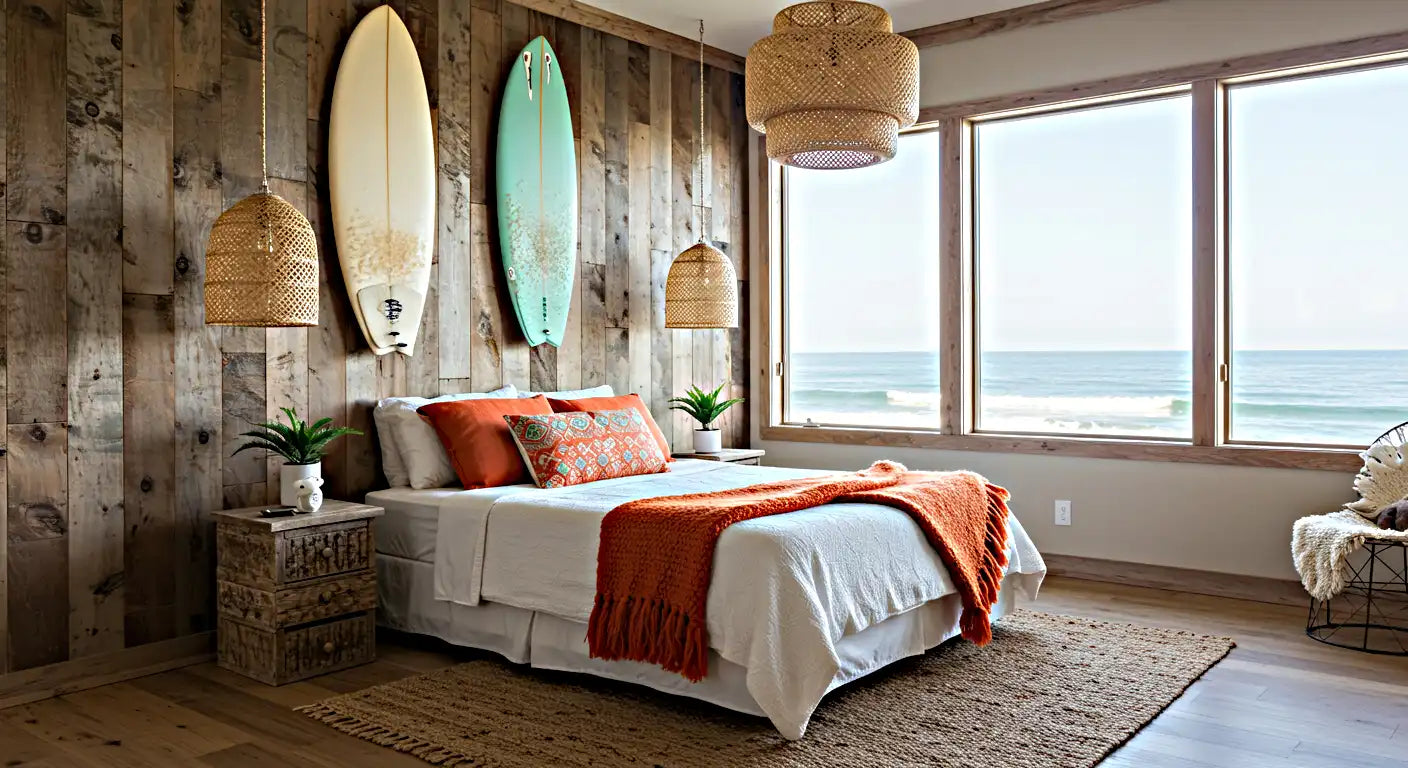

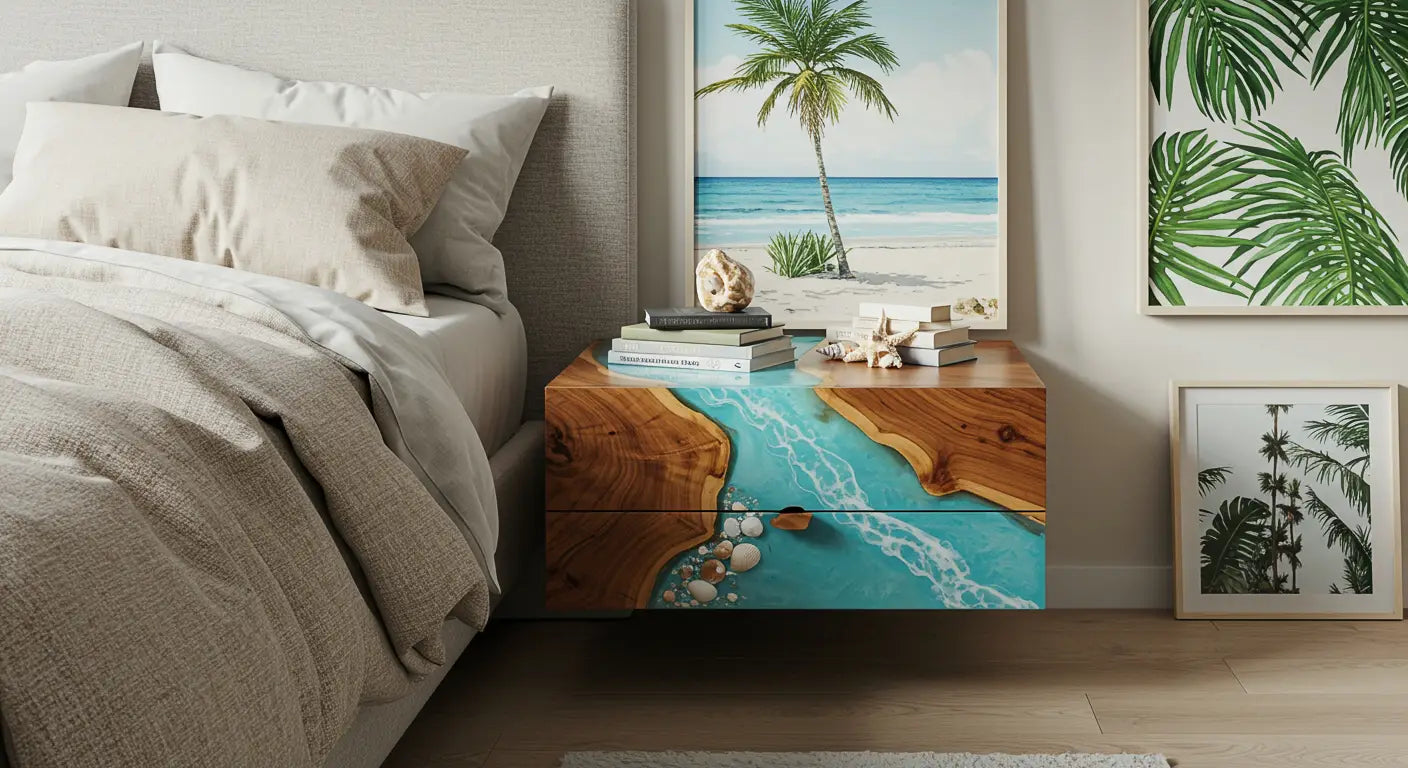
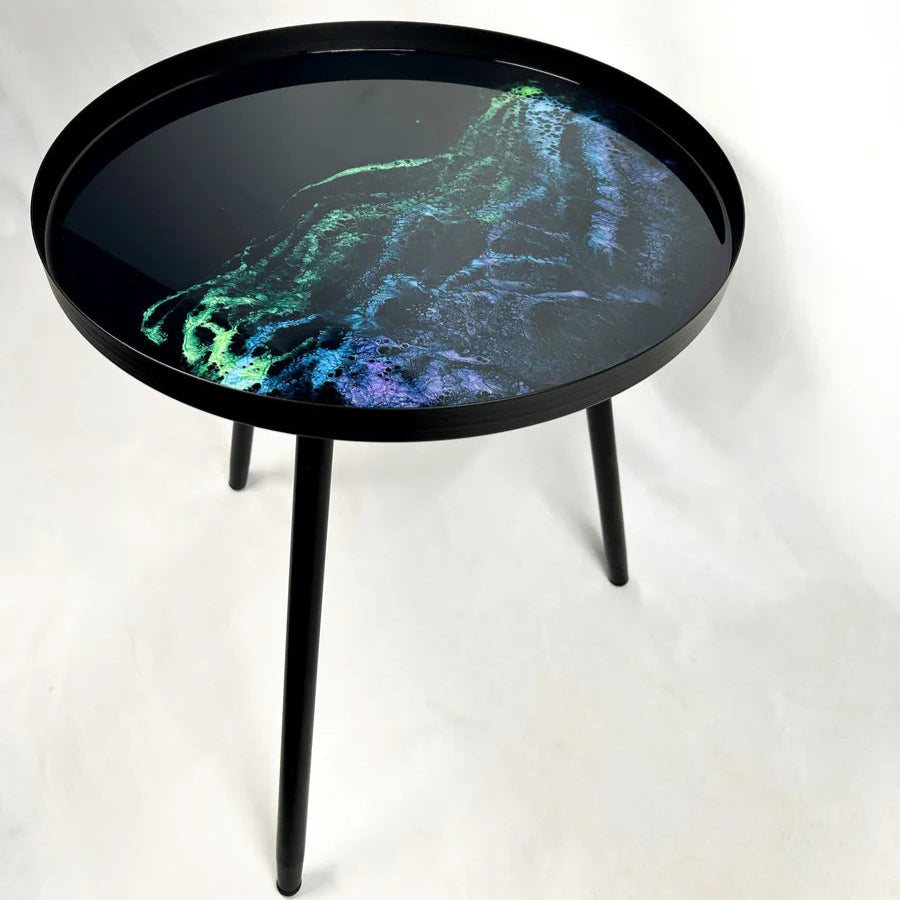
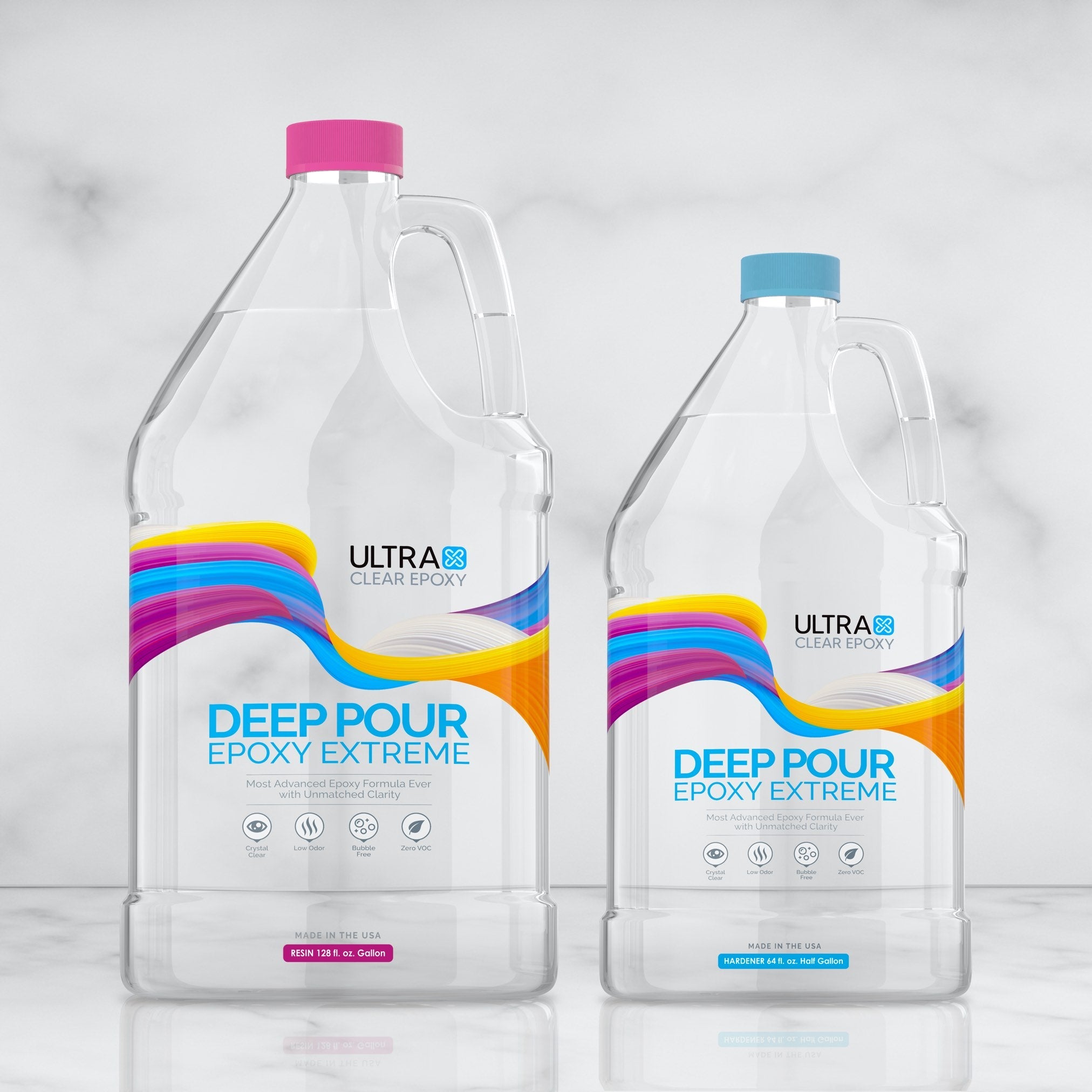
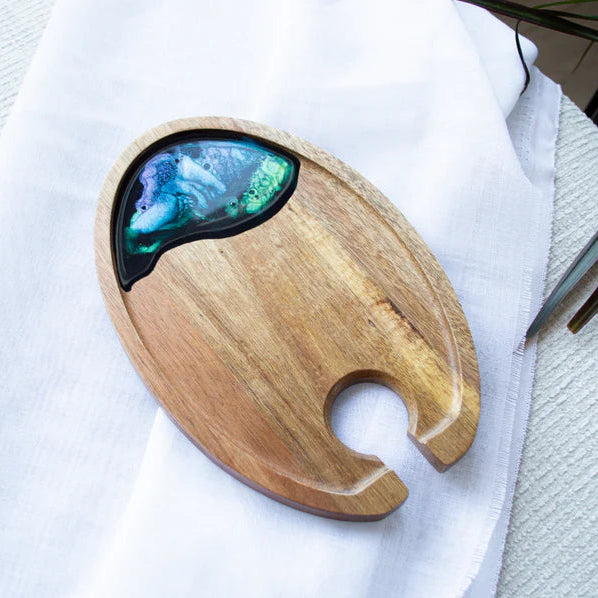
Share: